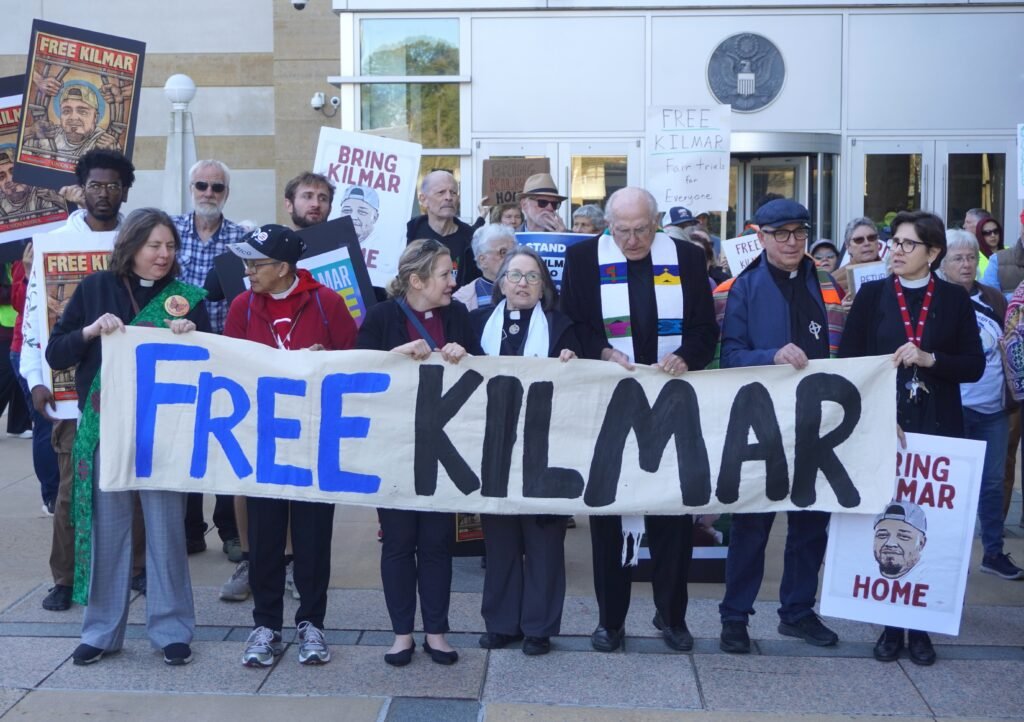summary
In May 2015, the remains of an unidentified individual were found beneath a tree by the Verde River in Camp Verde, a small town located south of Sedona in Yavapai County, Arizona. Local authorities, including the Yavapai County Medical Examiner and the Yavapai-Apache police, arrived at the site where a man, believed to be between 40 and 75 years old, was discovered. He was approximately 5’10” tall and clad in jeans featuring a 36-inch waist along with a crocodile-printed belt. His footwear consisted of size 13 Merrell hiking boots.
Despite thorough investigations and public efforts to create sketches of the man as he appeared in life, his identity remained unknown for nearly ten years, earning him the name John Doe in Yavapai County. The case was logged inNamUs as UP52930.
In 2023, the Yavapai County Medical Examiner collaborated once more with Othram to utilize advanced DNA testing to identify unknown individuals. Forensic evidence was sent to the Othram Institute in The Woodlands, Texas, where scientists succeeded in extracting DNA from skeletal remains and creating a detailed DNA profile through forensic class Genome Sequencing®. Othram’s forensic genetic team subsequently generated new leads, identifying potential relatives of unidentified individuals via genealogy searches.
During this process, possible siblings of John Doe were discovered. Regrettably, one potential sibling had died in a hit-and-run incident in South Carolina in April 2020. The Oconee Coroner’s Office in Seneca, South Carolina, had preserved blood samples from him. They provided a part of this sample to Othram to facilitate KinsNP® rapid relationship testing.
With the blood samples on hand, Othram’s scientists were able to create DNA profiles for comparison against John Doe’s DNA profiles using their KinsNP® rapid relationship test. This analysis confirmed the biological connection, identifying the remains as those of Michael Waynemest, born on August 9, 1964. Mest hailed from Kentucky but lived in Tucson, Arizona, as of 1999.
The funding for advanced DNA testing and forensic genetic genealogy in this case came from a national clearinghouse dedicated to supporting the resolution of cases involving missing, unidentified, and unclaimed persons across the United States. NamUs is administered by the National Institute of Justice (NIJ) and managed via a contract with the Research Triangle Institute International.
The identification of Michael Mest marks the twelfth case in Arizona where individuals have been publicly identified thanks to technologies developed by Othram. For more information about other resolved cases in Arizona, please refer to Dnasolves.






